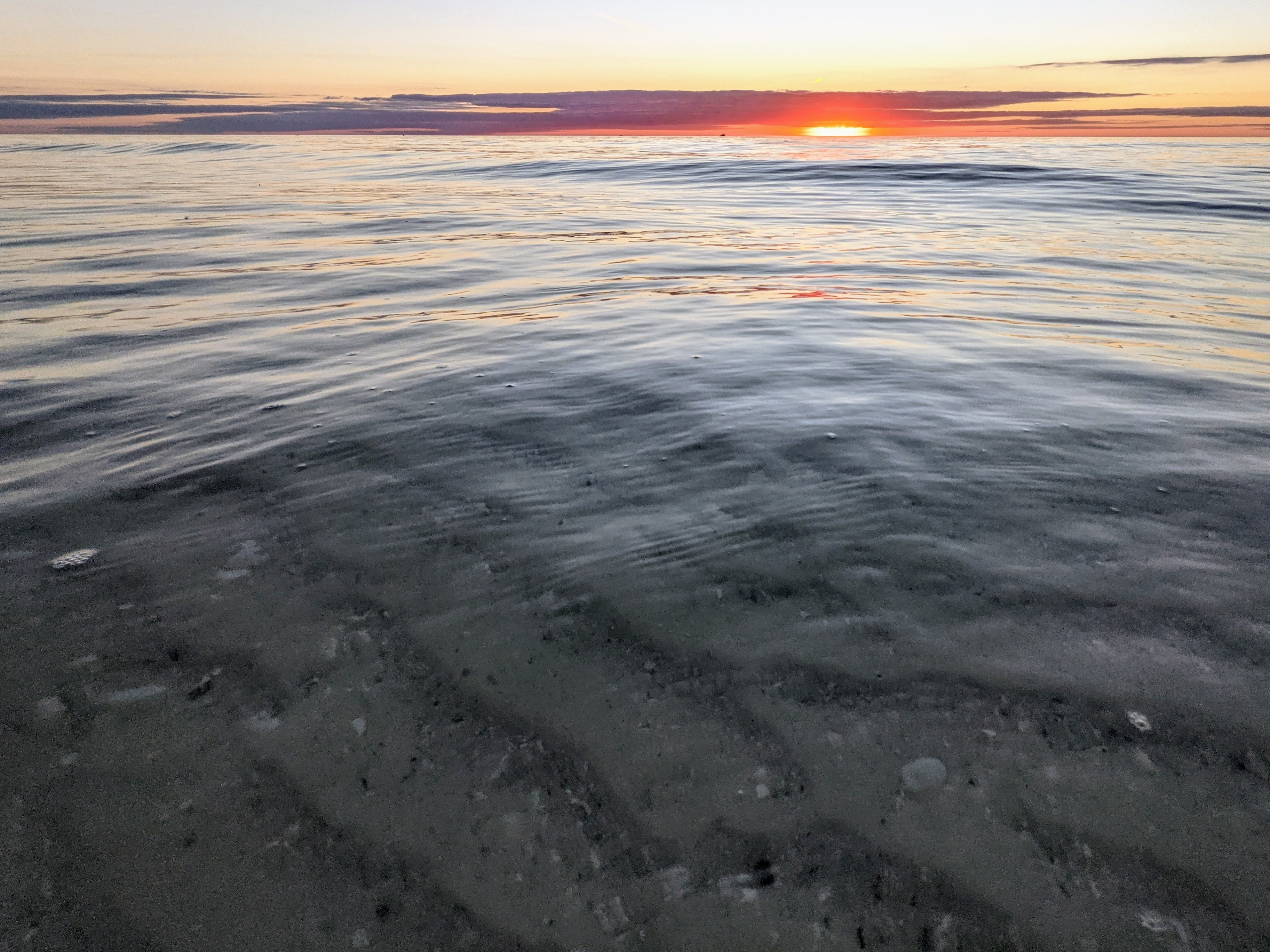
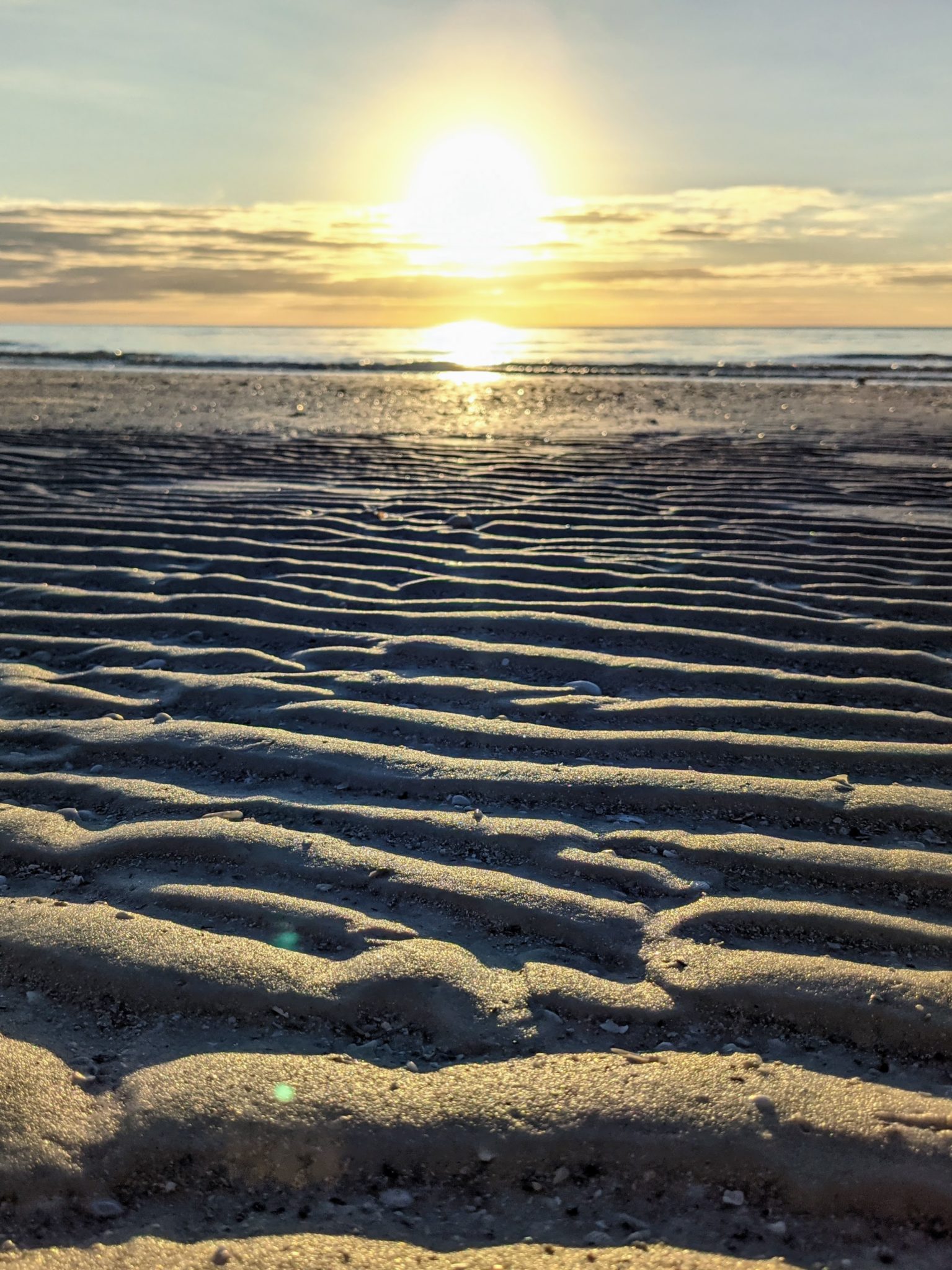
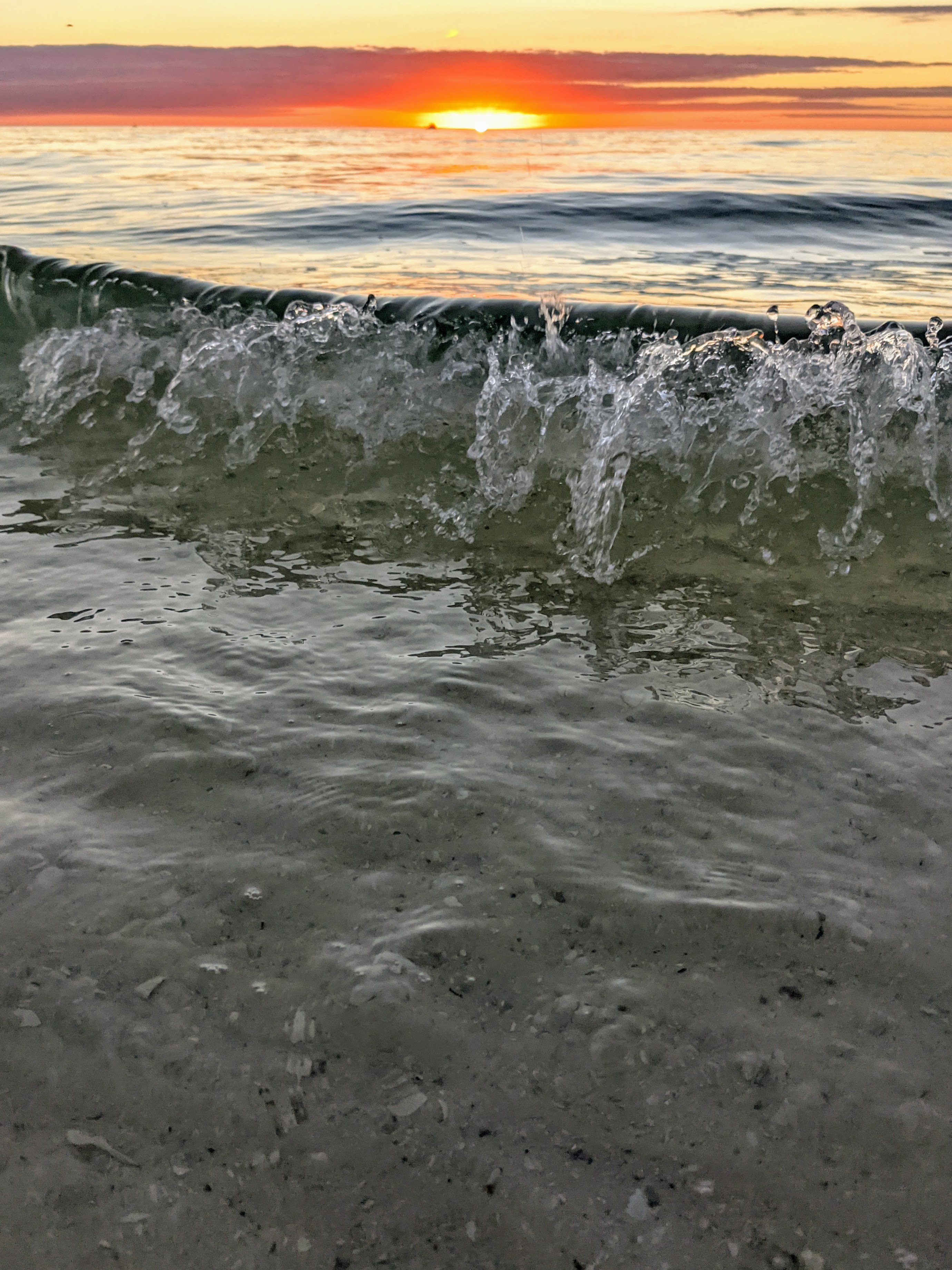
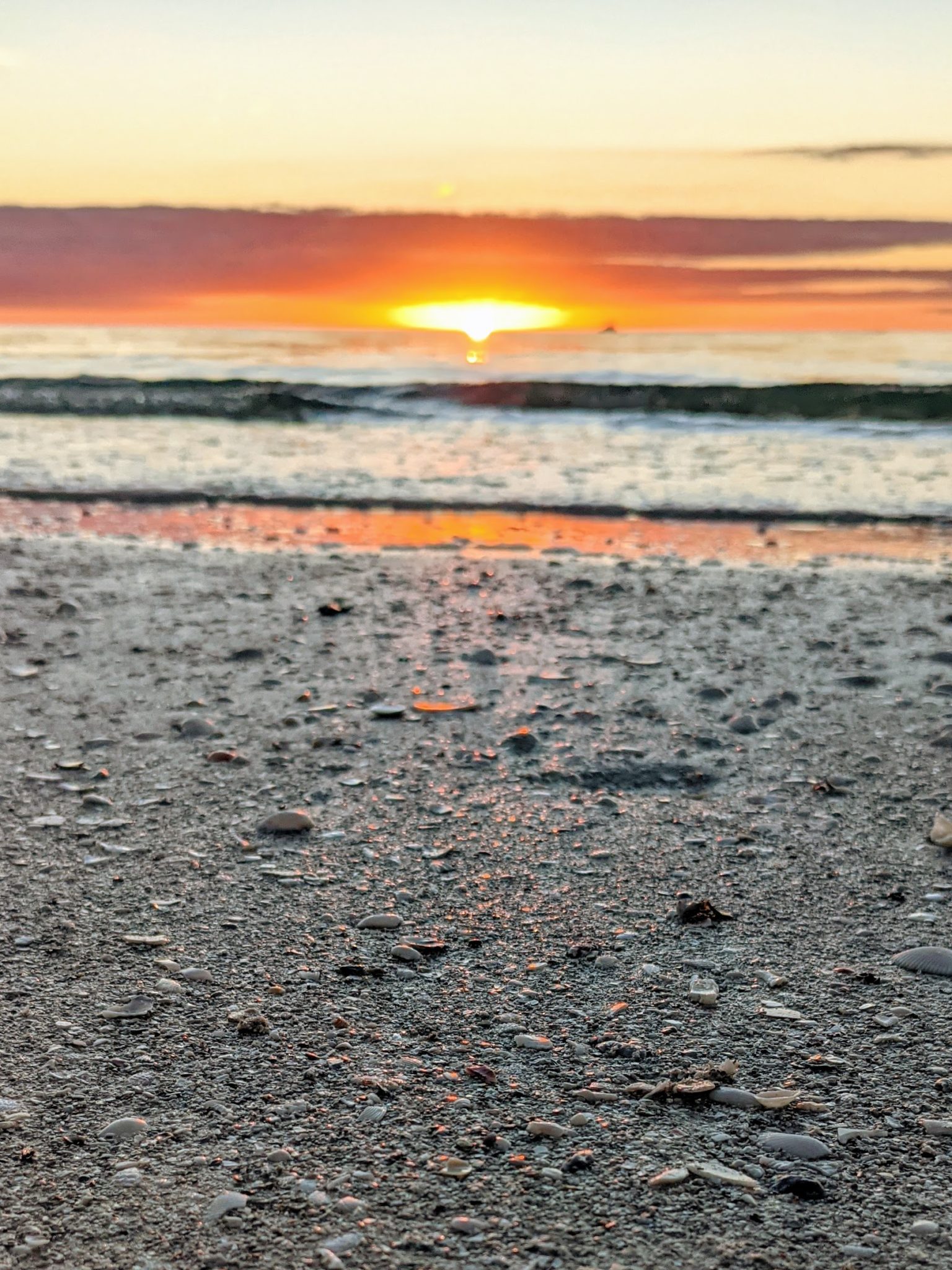

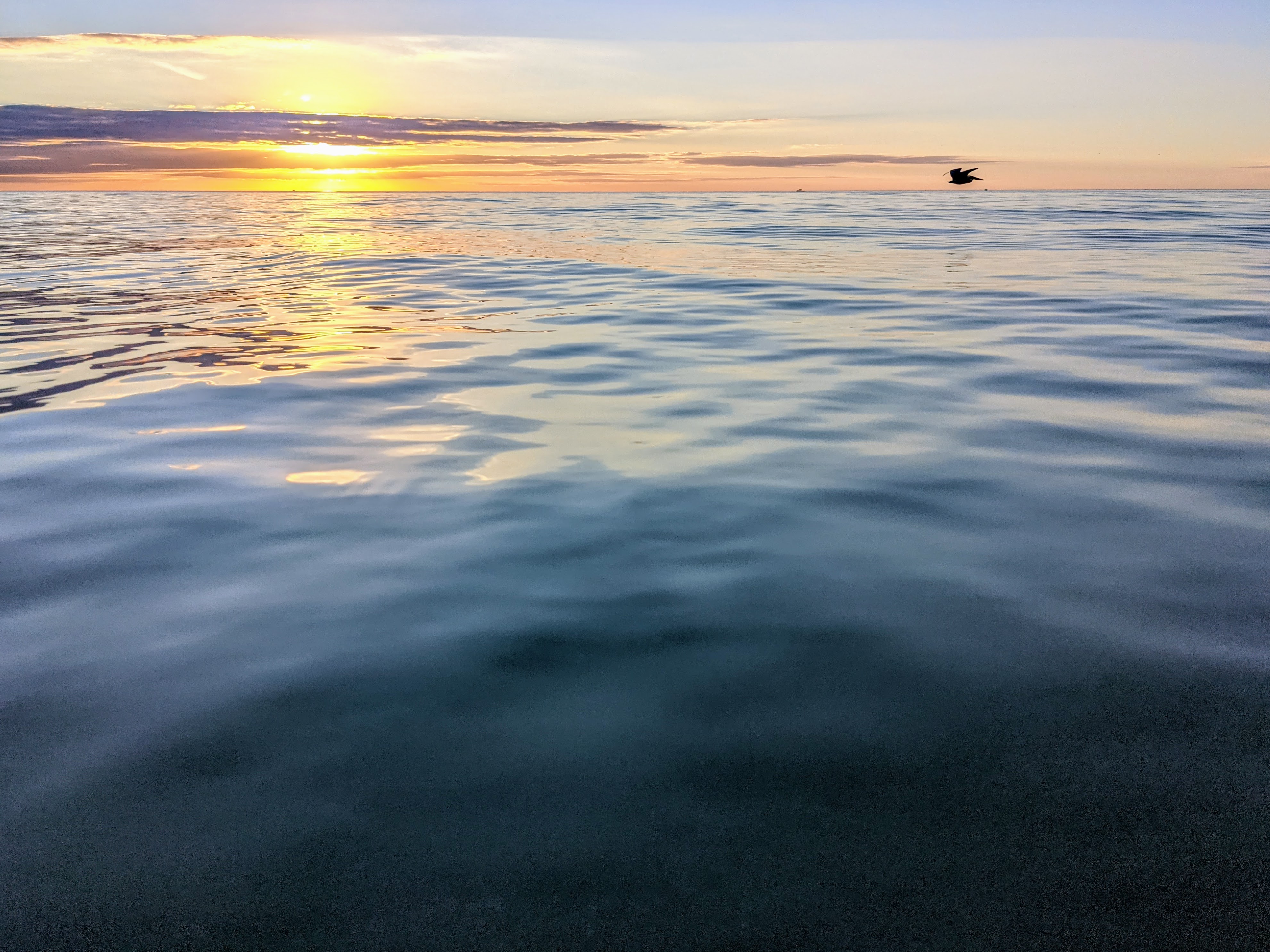
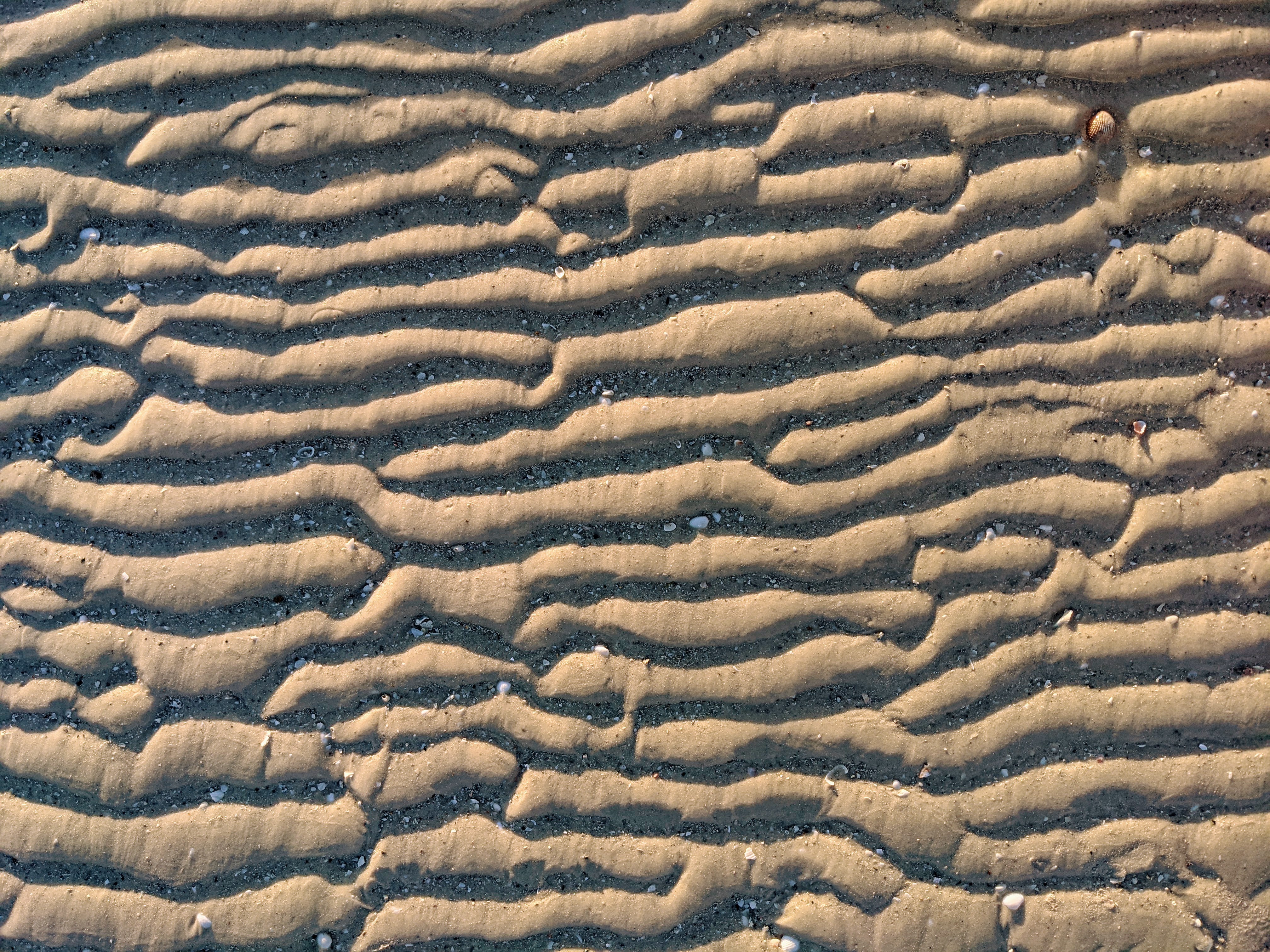
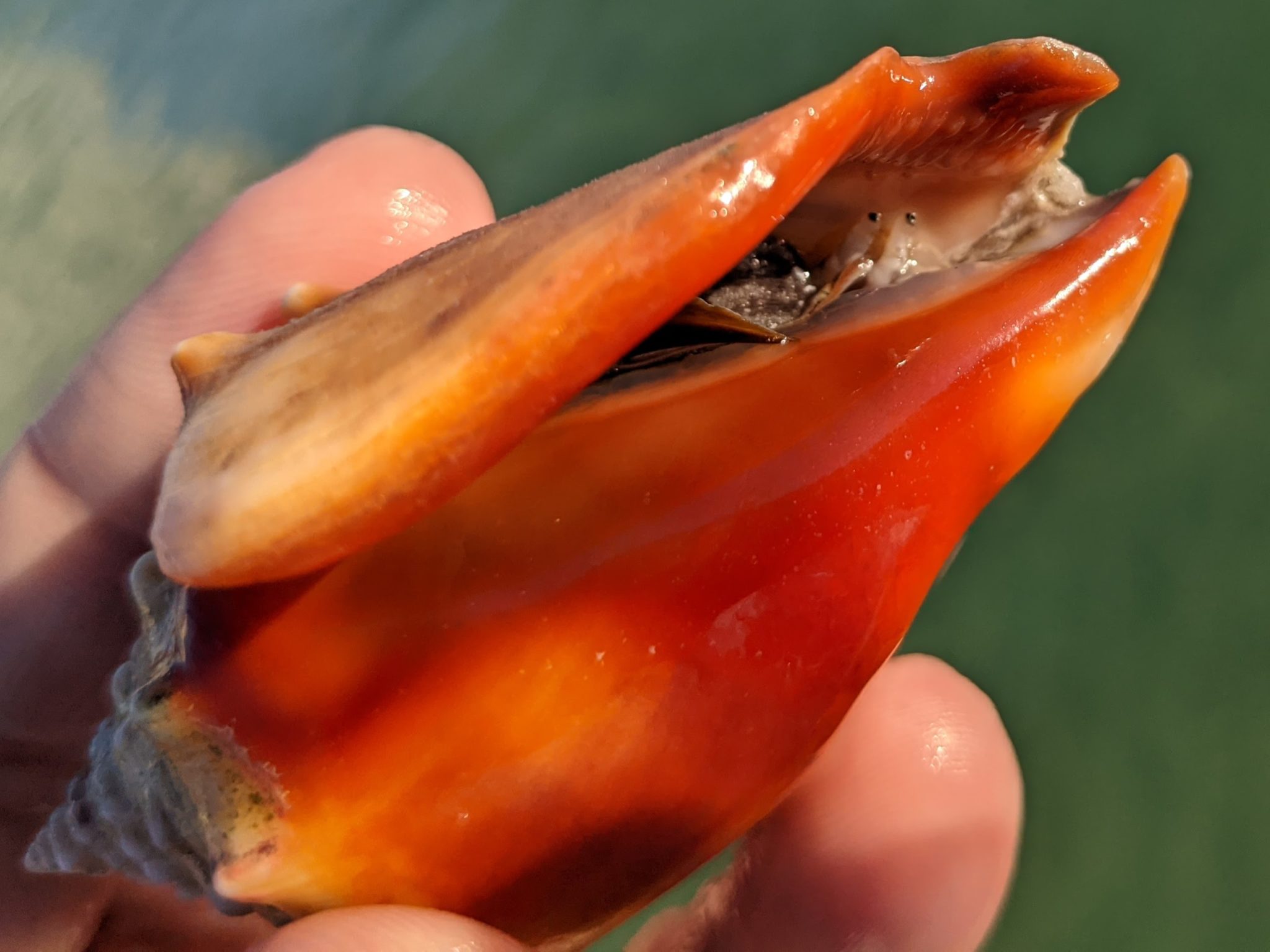
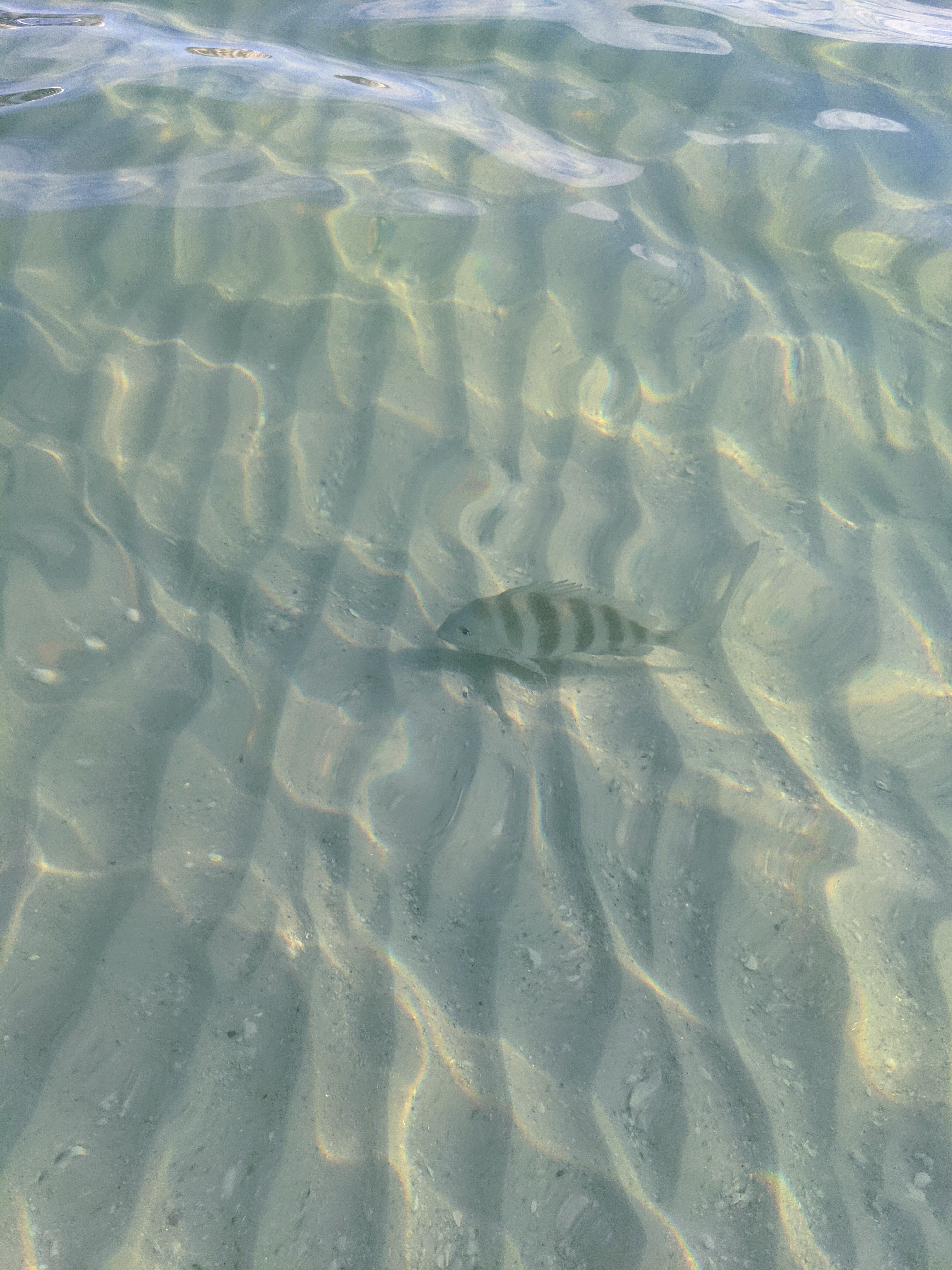
Posted by Kristian Golding on December 13, 2021









Posted by Kristian Golding on December 6, 2011
A long time ago in a land far, far away, Adriana and I caught up with family and friends. And then I fell into some sort of Internet coma. I showed some signs of consciousness with Frex (still working on it), and now here I am with another post.
So, Australia.
We went to Oz back in May. I’d never been to Uluru before, even though I’d been to Alice Springs for a wedding (it’s not really that close to Uluru, but while you’re in the general area…), but at the time I was a university student with no money, and getting a day trip to the rock was well out of my price range. This time around I wasn’t going to miss it, so decided that a 3-day camping tour out of Alice Springs would be the ticket. We had a couple of days in Alice Springs to catch up with friends I hadn’t seen in yonks, acclimate (that is, let all the Florida humidity I’d acquired over the years evaporate), and try and sync up with the timezone. We also accumulated enough red dust to last us till we returned to Florida.
My friend’s two older kids were a hoot and we had a lot of fun with them.
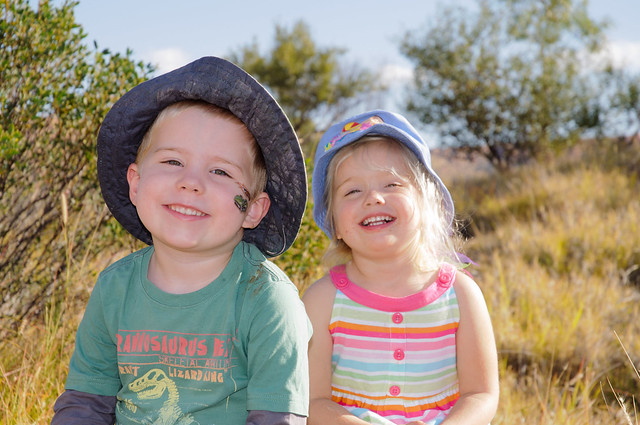
The Alice Springs Desert Park was large, open, and relaxing. We got to see some pretty cool bird shows:
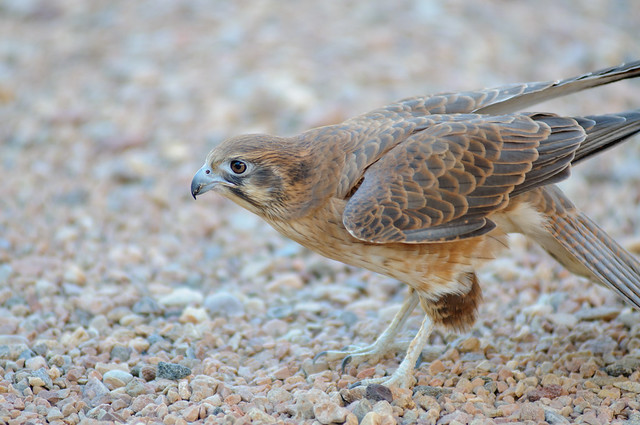
As you walked around the park, there were many Crested pigeons (I love these guys) basking in the sun:
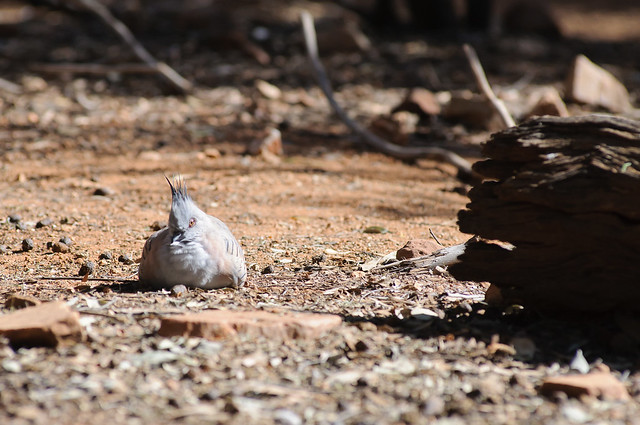
The park provided awesome views of the huge open skies above the Macdonnell ranges:
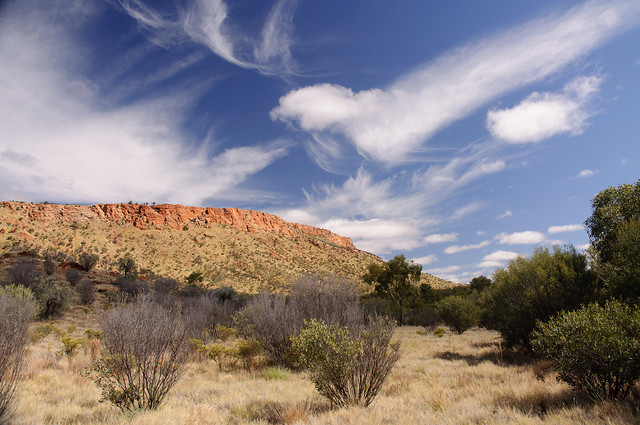
And a go-anywhere four wheel drive out in the car park:
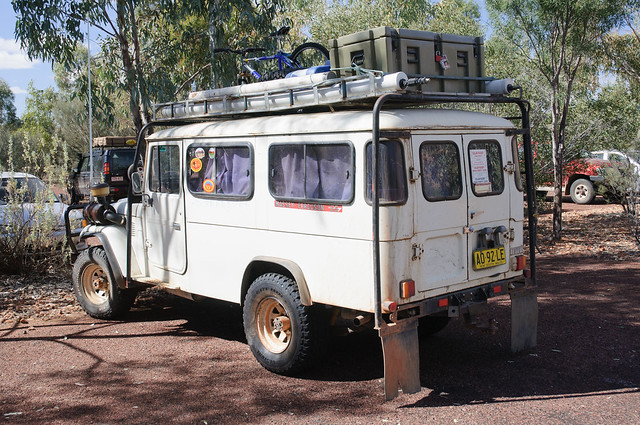
We then went to see the Alice Springs Reptile Centre, a quaint little place that allowed us to get up really close with some reptiles. It was pretty cool, and Adriana does what she always seems to do when holding a snake: making out she’s going to eat it.
That’s a pretty quick summary of Alice Springs before we went on the camping tour, which turned out to be awesome and bloody cold at night. But, that’s for another blog post, standing up too fast can make one feel light-headed. Â The flickr set for all of this is here.
Posted by Kristian Golding on February 20, 2011
From Arequipa we went on a guided tour of the Chivay/Colca Canyon region for a couple of days. The canyon is approximately four kilometres deep, making it about twice as deep as that of the Grand Canyon, so I was pretty excited about seeing that and possibly a Condor.
The small tour bus took us around the extinct volcano Chachani towards the town of Chivay where we’d be staying the night. We went past a huge processing plant, which I could only guess was some sort of cement factory. The landscape at this point was a contrast of pale grey dust, green valley and man-made structures:
Along the way there were many wild llama, gunacao and vicunya and some great views of volcano Misti:
I never expected to see flamingoes in this part of Peru, but there they were at high altitudes of around five kilometres, feeding in isolated wetlands.
The presence of the wetlands in such an otherwise barren landscape surprised me:
We came across a farmer (a photo of who appeared in a previous post) who had decorated his herd of llamas to attract tourists. The ruse worked fantastically.
Descending into the Chivay area we were treated to some fantastic views of the town while doing some roadside shopping.
A natural hot spring was a great way to relax at the end of the day, and this one had a great view.
From the top of our hotel in Chivay I was able to get a photo of the sunset over the mountains that we’d descended earlier in the day.
The tour the next day took us through the Colca Valley on the way to Colca Canyon. The were many spectacular views of the small towns and the terraced farming that supported them.
The Colca Canyon was very, very deep, and much wider than that of the Grand Canyon. It was fairly difficult to see the bottom of it, so I had to walk around to all the viewing points to get a good sense of how deep it was. I don’t think this was the deepest part either, as the road went further around the canyon but our bus tour did not.
Our last stop in the canyon was to view the condors. That required a bit of luck, and the whole hour we were there the ones we did see were too far off to get a decent photo. While leaving the viewing area, a condor did glide past our bus and was viewable for a few seconds. I chose to admire just how massive it was rather than try and grab a photo.
The full set on flickr is available here.
Posted by Kristian Golding on January 29, 2011
Arequipa is the second largest city by population (approximately 900,000), and is located in the Andes in the southern part of Peru. It’s up fairly high, at an altitude of about 2300m, although taking the whole trip to Peru into account, that’s about half of the highest altitude that we reached. It has a nickname, “La Ciudad Blanca” (The White City), due to the fact that many of the buildings are constructed of a white volcanic rock.
Getting off the plane, we were greeted with the sight of El Misti. This volcano, the most prominent in Arequipa, used to have a white top of snow but with warmer temperatures it isn’t seen anymore.
We signed up for one of the bus tours a few hours after arriving to get our bearings and visited a lookout that offered a view of El Misti (middle) surrounded by Picchu Picchu (right) and Chachani (left). Click through for the full-size version:
One of the places that we visited was a water-powered mill.
The Santa Catalina monastery is something to definitely see while in Arequipa. About 20 nuns still live there, but the rest of the monastery is open to the public.
The most notable attribute of the monastery is the coloured walls. The blue coloured walls indicate a private area, while the red walls indicate a public area.
A special sort of rock is used to filter the water, and the filtration process can take a while. From memory about a litre of water could be filtered every five hours.
One of the bus tour stops was a mini zoo of sorts that contained llamas, alpacas, vicuñas and guanacaos. I had my first experience of being spat at, and I have the guanacao to thank for that. I honestly thought he just wanted to chat.
Here are some more photos taken while walking around the main square of Arequipa.
I swear there is no better way to finish the day than with a hot emoliente, a traditional Peruvian herbal drink. We spent a bit of time trying to find someone who was making them, but it was completely worth it.
That in a nutshell was our experience of Arequipa. The next two days were spent in the Chivay/Colca Canyon area (chasing condors), which will be the subject of my next Peru post. The full set of photos from Arequipa is up on flickr here.